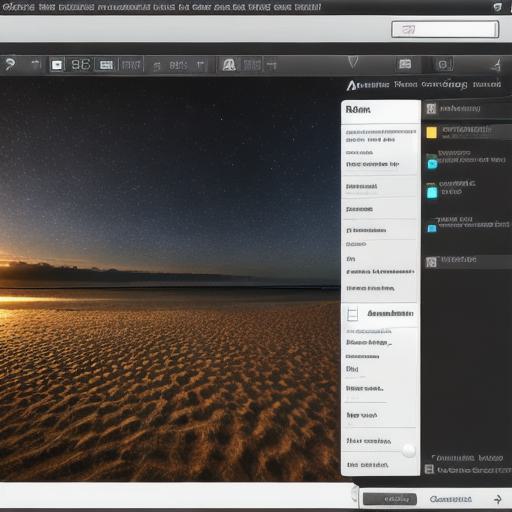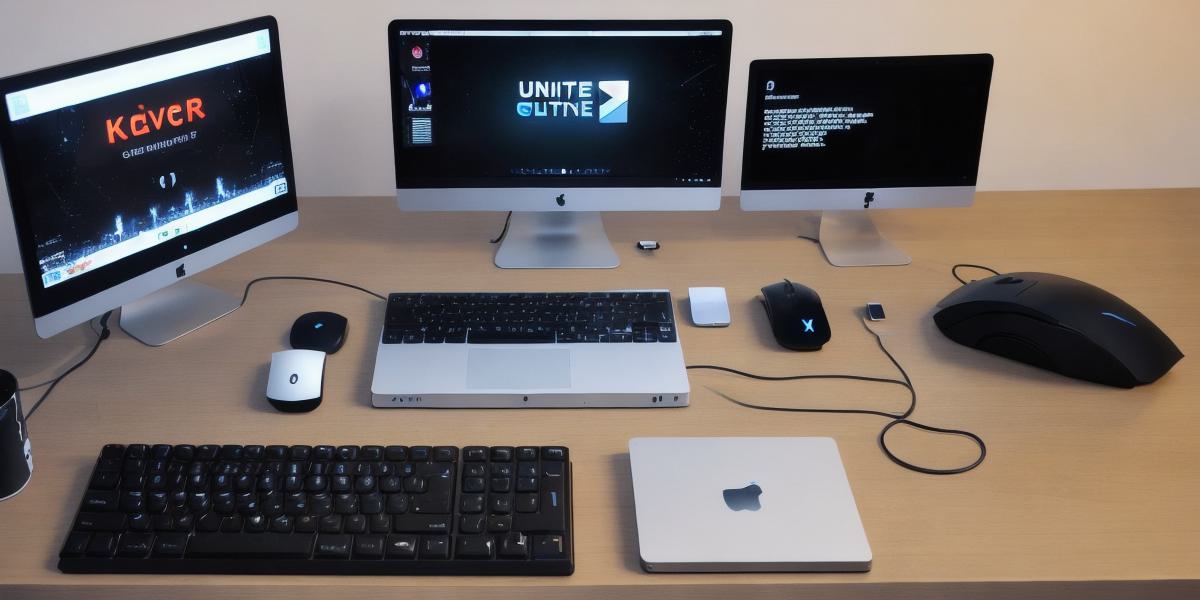Creating a mobile game that runs seamlessly across multiple platforms is an achievable goal for any game developer with the right tools and knowledge. In this comprehensive guide, we’ll discuss various aspects of cross-platform mobile game development and explore some practical solutions to help you get started.
1. Choosing the Right Game Engine:
The foundation of your cross-platform mobile game lies in selecting the appropriate game engine. Unity3D, Unreal Engine, and Godot are popular choices due to their extensive support for multiple platforms, such as iOS, Android, and Windows.

2. Writing Cross-Platform Code:
To create a truly cross-platform mobile game, you’ll need to write code that can run on various platforms with minimal modifications. Utilizing programming languages like C (Unity3D) or C++ (Unreal Engine) for your game logic can help simplify the process by providing extensive platform support and community resources.
3. Adopting Cross-Platform Development Tools:
Integrating development tools such as Visual Studio, Xcode, and Android Studio into your workflow will streamline the process of creating a cross-platform mobile game. These tools offer various features like code sharing, debugging, and testing across multiple platforms.
4. Optimizing Graphics:
Graphics optimization plays a crucial role in ensuring a smooth gaming experience across different devices. Techniques such as level of detail (LOD) management, texture compression, and occlusion culling can help optimize your game’s graphics for various platforms.

5. Implementing Input Systems:
Designing a versatile input system that works seamlessly with touchscreens, physical controllers, and keyboard-mouse combinations is essential for creating an enjoyable cross-platform gaming experience. Unity3D and Unreal Engine provide built-in input systems to help developers achieve this goal.
6. Managing Assets:
Effectively managing assets such as textures, audio files, and 3D models across multiple platforms is crucial. Using version control systems like Git or Perforce can help keep your asset library organized and up-to-date while collaborating with team members.
7. Testing and Debugging:
Thoroughly testing your game on various devices and platforms to identify and address potential issues is an essential step in the development process. Utilize tools like Unity3D’s Remote Build, Xcode’s debugger, and Android Studio’s emulator for a comprehensive testing experience.
**Summary:**
Creating a cross-platform mobile game requires careful planning, the right tools, and a strong understanding of various platforms and their unique characteristics. By choosing the appropriate game engine, writing cross-platform code, adopting development tools, optimizing graphics, implementing input systems, managing assets, and thoroughly testing your game, you’ll be well on your way to developing an engaging and seamless gaming experience for a wide range of mobile devices.
